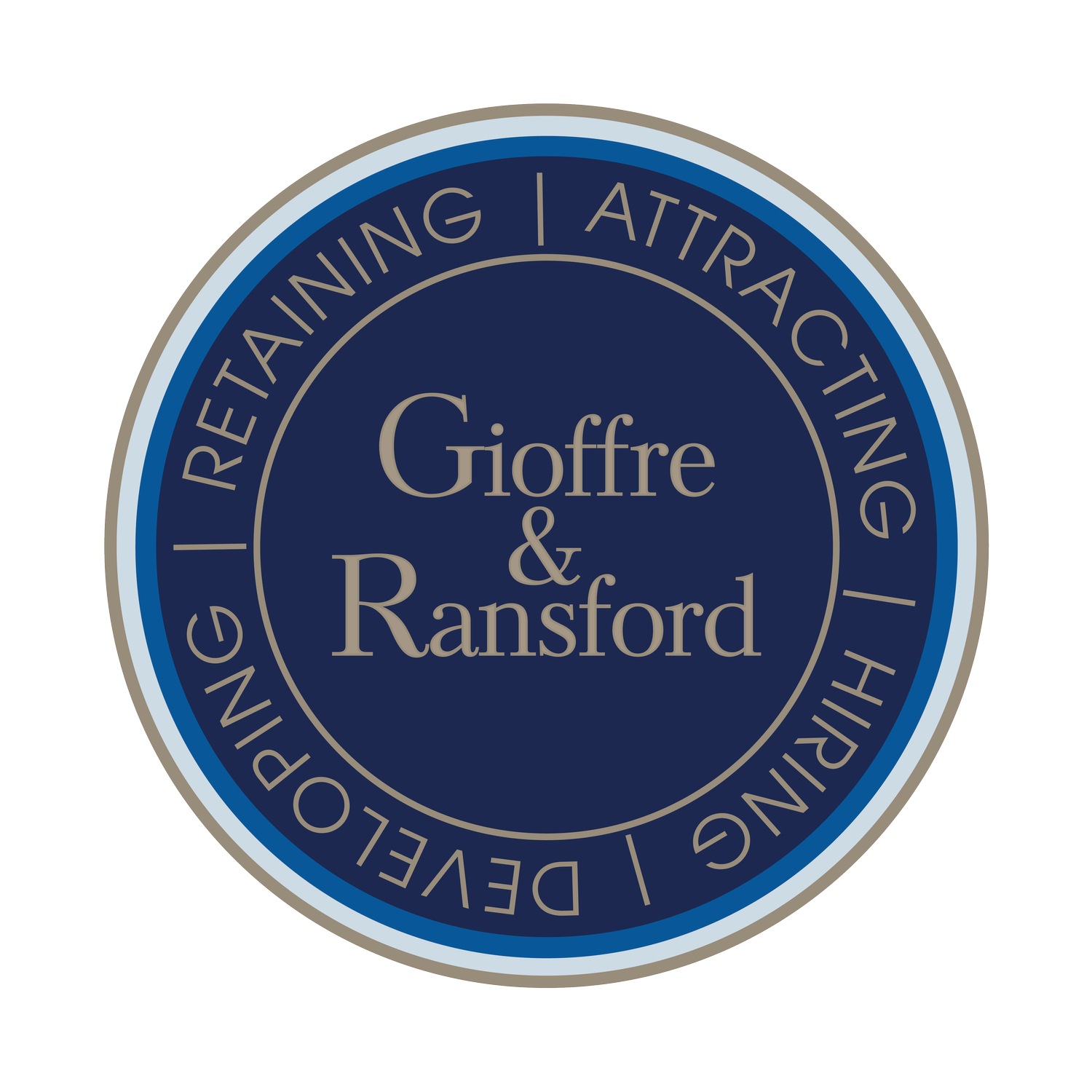Embracing Agility: The Art of Building a Nimble Workforce
Agile - Marked by ready ability to move with quick easy grace: Mentally quick and resourceful.
Nimble – Marked by quick, light movement; Marked by quick, alert, clever conception, comprehension, or resourcefulness.
Do these definitions reflect your organization?
(Source: Webster’s New Collegiate Dictionary)
Being Agile is No Longer an Option
In today’s rapidly evolving business landscape, agility and adaptability are essential preconditions for organizations to thrive. As the needs and expectations of customers and markets change, businesses must cultivate a workforce that can swiftly respond to challenges, embrace innovation, seize opportunities, and lead, not just manage, change. In this blog, we will delve into the art of building a nimble and agile workforce, highlighting the benefits and strategies for achieving organizational success.
Your Workforce: The Key to Agility, Adaptability, and Nimbleness
The cornerstone of an agile organization rests upon cultivating a versatile and nimble workforce. This can be accomplished through the following measures:
Aligning your workforce with your strategic plans. For example: is your current workforce composition, skills, and capabilities aligned with your organization’s goals?
Building high-performance, effective, and efficient teams, that excel at fostering collaboration, teamwork, and diverse perspectives.
Optimizing resource allocation ensuring that the right resources are in the right places at the right time to deliver a healthy ROI.
Most importantly, building a leadership team and capabilities that engage in and empower the behaviors needed to enhance agility and nimbleness throughout the organization.
To naturally infuse agility into your workforce structure, consider tapping into non-traditional hiring practices. Embrace the potential of talented niche specialists, rehires, on-demand workers, part-time employees, and independent contractors. By leveraging this diverse group of talent, you can capitalize on the current talent market while effectively meeting your workforce needs.
Strategically Aligning Your Workforce for Agility
While integrating non-traditional hires into your workforce can be beneficial, it is essential to align your current workforce with your overarching strategic plans. Prior to embarking on any workforce transformation, it is crucial to identify the required capabilities and capacity needed to execute your strategic objectives. This approach allows you to proactively seek out the right talent to address any skill gaps. Although transforming your workforce to embrace agility may appear daunting, following these four critical steps can help guide you through the process:
Identify and define your strategic workforce objectives and the specific skills, knowledge, and abilities needed to successfully achieve those objectives.
Assess your current talent with strategic workforce needs to identify any gaps or overlap.
Develop a talent strategy to close any skill gaps identified. Consider non-traditional hires in addition to full-time hires to fill critical gaps and ensure your workforce remains flexible and adaptable.
Cultivate, fund, and ensure a culture of continuous learning and agility.
By following these four essential steps, you can align your workforce to your strategic plans, and cultivate agility, adaptability and resilience in the face of evolving business challenges. It positions you to gain a competitive advantage by seizing emerging opportunities, fostering innovation and creativity, prioritizing customer-centricity, navigating uncertainties and disruptions, attracting and retaining top talent, and promoting collaboration and partnerships. When starting the journey to embracing agility, keep in mind the following key considerations:
Embrace a growth mindset: Encourage a culture that embraces change, values continuous learning, and views challenges as opportunities for growth. By welcoming a mindset of flexibility and curiosity, employees will be more open to adapting to new situations and exploring innovative approaches.
Promote cross-functional collaboration: Breaking down silos and promoting cross-functional collaboration is a key driver of agility. Encourage different departments to work together, share knowledge and collaborate on projects. This facilitates the exchange of diverse perspectives, encourages creative problem solving and enhances agility by leveraging collective strengths.
Empower employees: Employees with greater autonomy increase agility throughout the organization. Empower employees with the decision-making authority to uphold their responsibilities.
Enhance operational agility: By optimizing and streamlining work processes, leveraging advanced technologies, and embracing automation, organizations can unlock the potential for agility. Through investments in streamlining and enhancing operational workflows, companies foster a culture of knowledge sharing, allowing their employees to adapt and innovate in their respective roles.
Building a nimble and agile workforce is an ongoing journey that requires a combination of cultural, structural, and process-oriented initiatives. Embrace the art of agility and unlock the potential for your workforce to drive innovation, adaptability, and sustained success in today’s dynamic business landscape.


